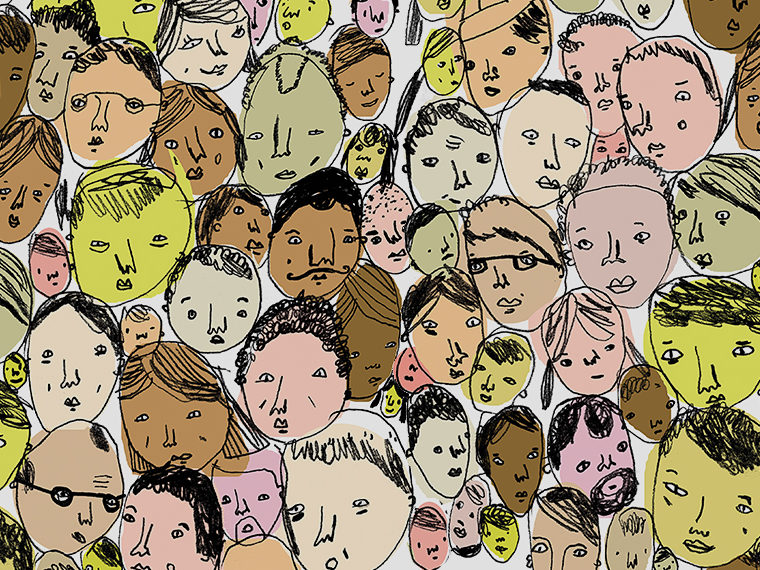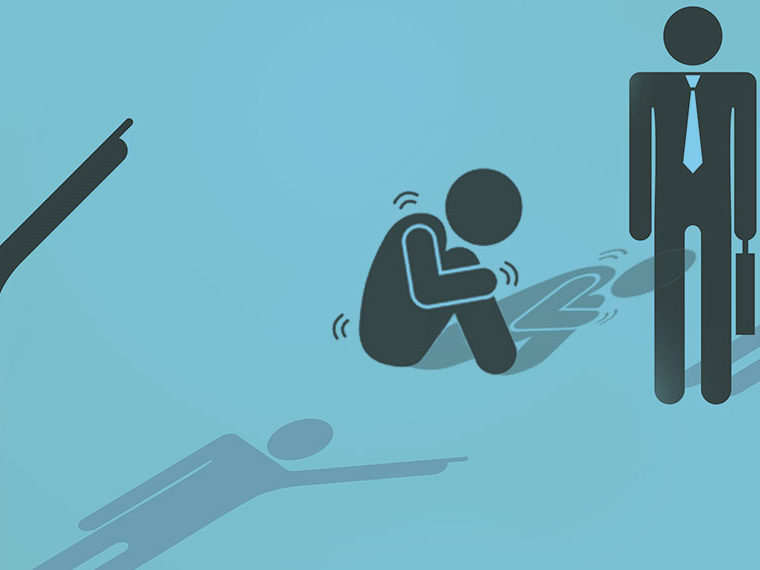A Chinese garment factory tidied up after golden coins were displayed
Behavioral psychology deploys nudges to guide us to course-correct for our collective human foibles, steering the nudged around such built-in biases as loss aversion, temporal discounting and inertia.
A field experiment at a Chinese garment factory tried out a different breed of nudge. In a paper forthcoming in Organizational Behavior and Human Decision Processes, UCLA Anderson’s Sherry Jueyu Wu and Princeton’s Elizabeth Levy Paluck detail how a nudge that plays to a deeply held personal belief can be an effective motivator to change behavior when resistance is strong.
Piecework Uninterrupted by Tidiness
A garment factory in China was having trouble cajoling workers to stop throwing fabric scraps on the floor and instead place them directly in nearby waste cans. Management was motivated to save money by reducing the need for cleaning crews to sweep the factory floor, which also triggered a productivity loss, as garment workers had to give way to the cleaning crews.
Opt In to the Review Monthly Email Update.
Workers weren’t motivated to comply. Their pay was based on per-piece production. Even a few seconds’ walk to a trash can diminished their productivity. Management’s use of periodic bells, meant to serve as a nudge to remember to take a garbage-can break, went unheeded. The threat of a financial penalty for not complying, equal to about 2% of average monthly wages, was also ineffective.
Wu and Paluck stepped in to explore whether a cultural nudge could change behavior. In China, golden coins — both symbolic and real — are seen as an omen of good fortune and luck. The researchers blanketed the factory floor of six departments with decals of golden coins that had been blessed at a local Buddhist temple. The researchers were exploring whether a contextual nudge that played to a core belief, especially one that might be perceived as increasing earnings, could move the needle. Would the workers be less inclined to litter the floor now that messiness could be construed as obstructing the power of the coins to provide fortune and luck?
During initial test periods that ranged from three to 10 weeks, the researchers and assistants analyzed nearly 8,000 daily photos of the golden-coin festooned floors and recorded the amount of fabric waste.
When the decals were on the floor, waste declined by more than 20% compared to a baseline level established before the experiment.
Here’s where things got complicated: The decals were then removed for three weeks; during that period, waste rose, though it still amounted to less than during the baseline period.
Nudge Loses Its Mojo
The final phase of the experiment was to reintroduce the decals onto the factory floor to gauge the persistency of a nudge that had been stretched into a bit of manipulation. The here-today, gone-tomorrow, back-here-today treatment might not set off alarms when a nudge is based on a more universal habit, such as inertia. But, as anticipated, Wu and Paluck found that playing with a deeply personal belief will be read differently.
When the golden coin decals were reintroduced, the nudge had lost its mojo. The waste on the floor in the second phase of the decals was not materially different from the trash level after the decals in round one had been removed.
The researchers suggest that this is a potentially important nuance to address in the study — and implementation — of contextualized nudging. Interviews with workers and their supervisors revealed that the employees were suspicious when the decals were removed after the first phase. And that seems to have bled into a perception that their good omen had been reduced to a management prop in the second phase.
Researchers in other studies have found that subjects of nudging don’t necessarily react negatively when aware they’re being nudged. But as Wu and Paluck mention, the design of a nudge is crucial and must be particular to the context and individuals’ motivation.
Featured Faculty
-
Sherry Jueyu Wu
Assistant Professor of Management and Organizations and Behavioral Decision Making
About the Research
Wu, S.J., & Paluck, E.L. (in press). Designing nudges for the context: Golden coin decals nudge workplace behavior in China. Organizational Behavior and Human Decision Processes. doi: 10.1016/j.obhdp.2018.10.002






